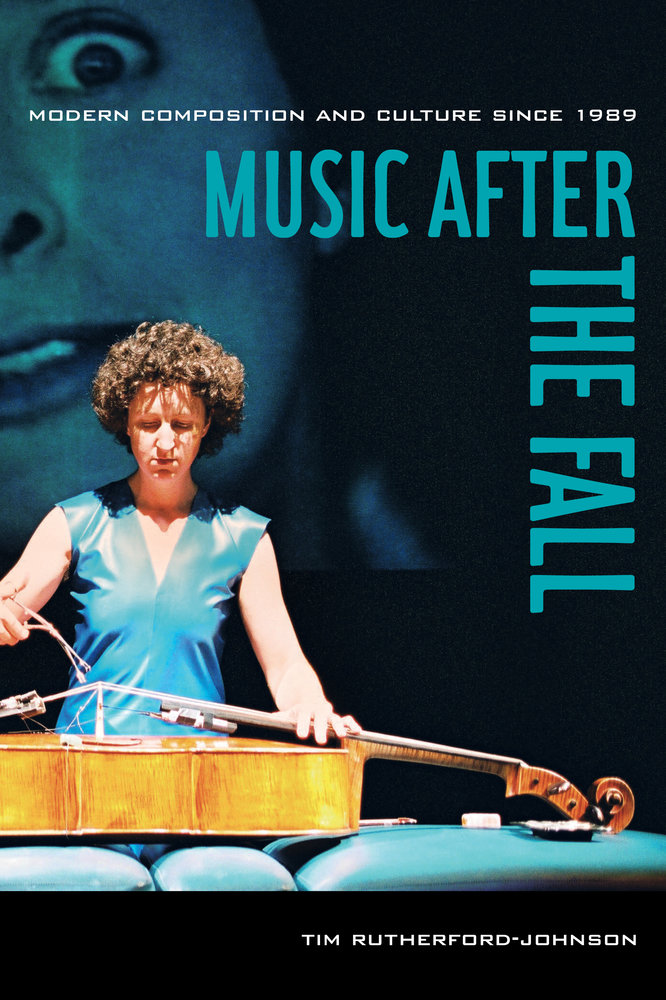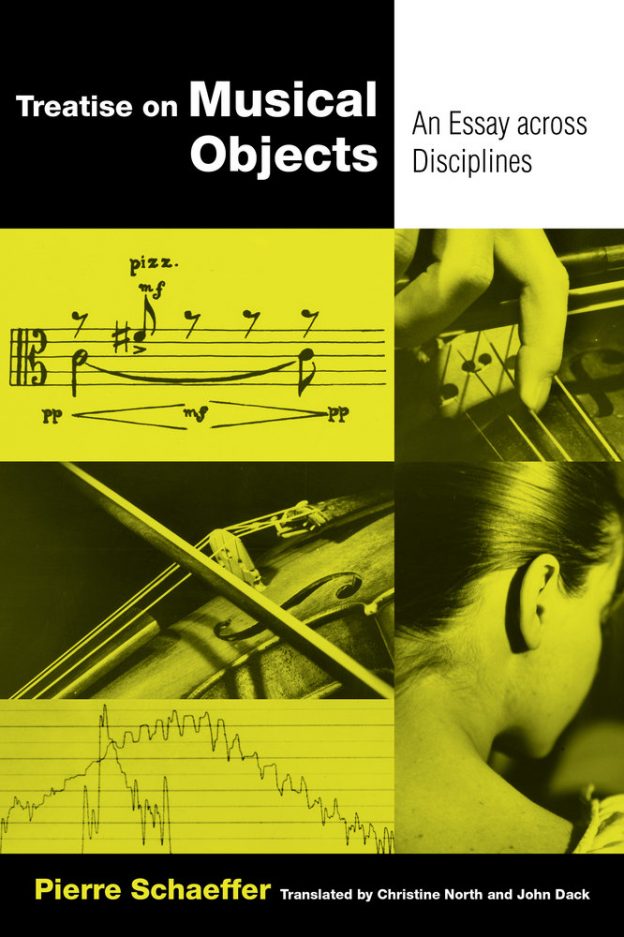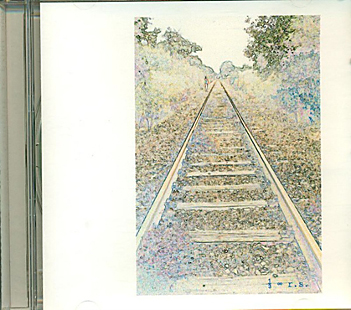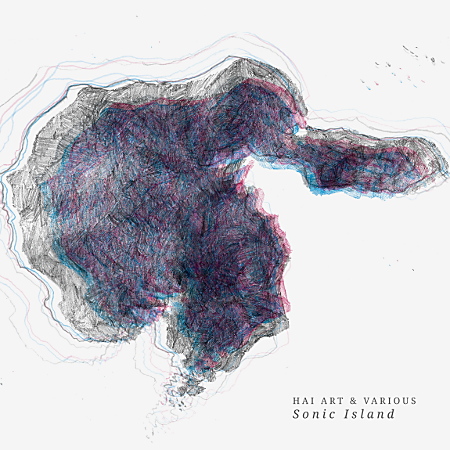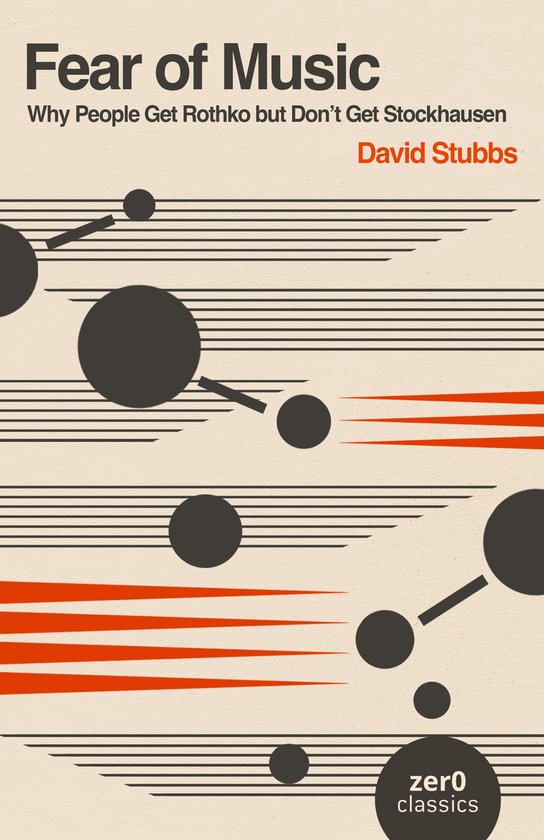........................
Thank you for visiting my site! I am currently running a temporary books and record shop at the Summer School in Darmstadt and cannot send any orders, but I will be back on the 4th of August. My apologies for any inconvenience.
Tim Rutherford-Johnson - Music After The Fall
Music after the Fall is the first book to survey contemporary Western art music within the transformed political, cultural, and technological environment of the post–Cold War era. In this book, Tim Rutherford-Johnson considers musical composition against this changed backdrop, placing it in the context of globalization, digitization, and new media. Drawing connections with the other arts, in particular visual art and architecture, he expands the definition of Western art music to include forms of composition, experimental music, sound art, and crossover work from across the spectrum, inside and beyond the concert hall.
Each chapter is a critical consideration of a wide range of composers, performers, works, and institutions, and develops a broad and rich picture of the new music ecosystem, from North American string quartets to Lebanese improvisers, from electroacoustic music studios in South America to ruined pianos in the Australian outback. Rutherford-Johnson puts forth a new approach to the study of contemporary music that relies less on taxonomies of style and technique than on the comparison of different responses to common themes of permission, fluidity, excess, and loss.
Tim Rutherford-Johnson is a London-based music journalist and critic. He was the contemporary music editor at Grove Music Online and edited the most recent edition of the Oxford Dictionary of Music. He has taught at Goldsmiths College and Brunel University, and since 2003 he has written about new music for his blog, The Rambler.
Table of Contents:
1. 1989 and After
2. Mediation and the Marketplace
3. Permission: Freedom, Choice, and the Body
4. Fluidity: Digital Translations, Displacements, and Journeys
5. Mobility: Worldwide Flows, Networks, and Archipelagos
6. Superabundance: Spectacle, Scale, and Excess
7. Loss: Ruins, Memorials, and Documents
8. Recovery: Gaps between Past and Present
Appendix 1: Recommended Listening
Appendix 2: Further Reading
Notes
Index
€29.50


